How do minimums work for custom apparel?
A minimum is the smallest number of items that we can produce per design. This includes Screen Printing, Embroidery, Patch Making and all other services that we provide.
You’ll need to be familiar with the term set-up before we start here. ‘Set-up’ defines the conditions that go into getting the project ready for production. For example, this may include making screen stencils and mixing inks for screen-printing or digitizing art and choosing thread colors for embroidery. There’s also all the administrative work that goes into creating mockups, writing invoices and preparing art files. You could assume that on more than half of the projects that we execute the setup requires more bandwidth than the production does.
Setup is the term we use to describe the work that goes into preparing your project.
The more work you put into the setup the more quality yield you get from production. The catch-22 here is that it takes just about the same amount of time to set up production on one unit as it does to setup one-thousand units. In a modern facility like ours where most of the print and embroidery production is done by automated machines the real craft is in the setup.
The magic is in the setup.
Our setup and production prices are two sides of a scale in blended margin. This is why we have minimums and why minimums are higher on more complex projects. We may spend more time mastering the setup so we can gain time and quality in efficient production. With a higher quantity units produced comes a lower percentage of total project time spent on setup. If you’re working with a low minimum production efficiency doesn’t really offset the hangups in setup because by the time production starts you’ve already done 90% of the work.
Setup and production prices are two sides of a scale in blended margin.
Ok, now let’s take a look at loss percentage. It’s not uncommon that a unit or two gets damaged in production. It’s just the nature of it and you could also say that 80% of the time belms occur it’s in the first dozen units produced. There could be a reaction with the garment, somethings funky with the tension on the embroidery machine, could be anything. So if your producing 100 units say two blems is only 2% of the project, not a big deal. If you’re producing 10 units that’s 20% and it is a big deal. We may need to pause the project and order in replacement garments triggering a second setup on a future date and that’s not a good look.
You can choose where you want to go but let the pilot fly the plane.
Prepare yourself because we’re going to get real for a second and stay with me. Another factor in the setup is how difficult the customer is to work with. Typically people who are stubborn and overly particular are also oblivious to the realities of production. They don’t want to do the work on their end to get to a partnered finish that works for everyone. They are trained as an end consumer not a supply partner. When you return an alarm clock to the Superstore because it doesn’t match your pillowcase the Superstore charges if back to their vendor. We can’t repackage or refurbish a tee shirt with your logo on it so let’s make sure we get it right the first time.
Every project is a new recipe.
There’s a lot of logistics that go into customizing apparel and every is a new challenge. Try and email Popeye’s Chicken a picture of something you want to eat besides fried chicken and see what you get back. As a custom manufacturer we’re cooking something new every day and that presents a lot of challenges. Listen to your printer and get them what they need, they are going to know best how to make your vision come to life. Believe that they want to do everything possible to ace your project but it takes your participation to make it happen.
Minimums by service category.
This is why it can be difficult to set a black and white minimum by service category, there’s a lot that goes into it. Are the garments difficult to obtain, is it a 9 color screen print or is it a full back embroidery on 5 units? If you come to us with a 1 color print on a hoodie that we’re providing in our slow season we may be just be like “yeah dude.. we’ll screen print 12 of these for you” It’s because everything is conditional when everything’s made to order. This is why I can’t help but cringe a little every time I see “no setups and no minimums” from some generic national print conglomerate. Like would you eat at a restaurant that advertised “Partially cooked food if you want to call it that” or “Bring your car to Bobs where we take the oil out and maybe put it back in, but probably not”? Yeah no, it doesn’t work that way. Think about it, you’re wearing this stuff around all day then your taking it home and throwing it on the floor before stuffing it a machine that science created to get stains off of fabric.
If screen printing and embroidery isn’t durable it’s disposable.
The minimum is the governing factor where we can make enough money to do something right and feel good about it based on a fair market price. The black and white of the deal is that you get what you pay for and having a good relationship doesn’t hurt. If you can make it easy for us we can bend a little for you. If your print is difficult to execute try and take some of the nonsense out of the administrative end. Try and be prepared when you come to us and have clear answers to our questions. If you want to order a thousand hoodies with a one color chest, we’ll deliver them on a unicycle if you like. If we have to exchange 30 email for your 15 unit tote order well then we just can’t make the juice worth the squeeze.
That’s why we call them ‘General Minimums’.
The scale slides in either direction depending on the project conditions. Units order, execution difficulty and relationship value, how will each of these things weigh against set minimum and price. The price sheets and the minimum matrix work more often than not but there’s always room for exceptions. We like other custom garment decorators are contractors, we run an honest and fair business that prides itself on quality and customer service. We want to work with others who share our business principles. If your project becomes more like an episode of Jersey Housewives than a honorable business transaction we’re just not into it.
Below are our general minimums, keep in mind these are per design. Please reach out with any questions you have and we’ll be pleased to assist you.
| Department/Service | Minimum Units | Descriptions |
| DTG Printing | 18 units | This includes the fixed dimensions, print location, print colors |
| Screen-Printing | 30 units | This includes the fixed dimensions, print location, print colors and garment color and material. Garment size isn't a factor. |
| Embroidery | 30 units | This includes the fixed dimensions, embroidery location, embroidery colors and garment material. Garment size isn't a factor. |
| Embroidered Patches | 100 units | This includes the fixed size and color. |
| Woven Labels | 200 units | This includes the fixed size and color. |
| Tees Printed Size Tags | 100 units | This is total units with no less than 10 units per size. |
| Fleece Printed Size Tags | 100 units | This is total units with no less than 10 units per size. |
| Poly Bagging | 100 units | Tees and Fleece can be combined. Size is not a factor. |
| Custom Decals (stickers) | 100 units | This is per design/size. |
| Customer provided garments | 100 units | In some cases, we'll accept customer provided garments at 100 units. |
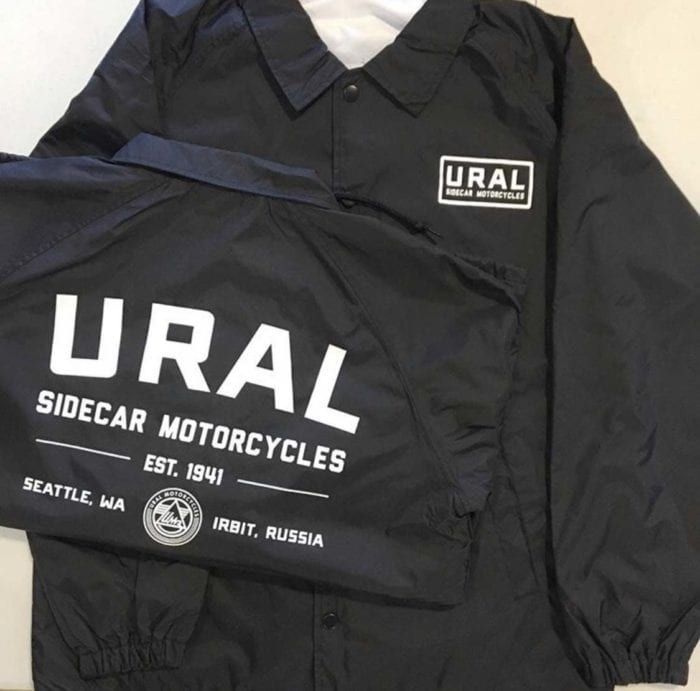
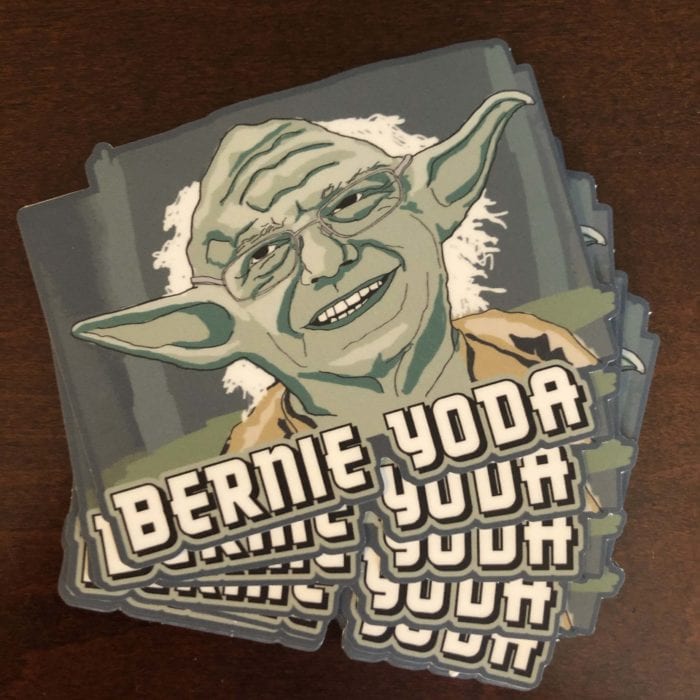
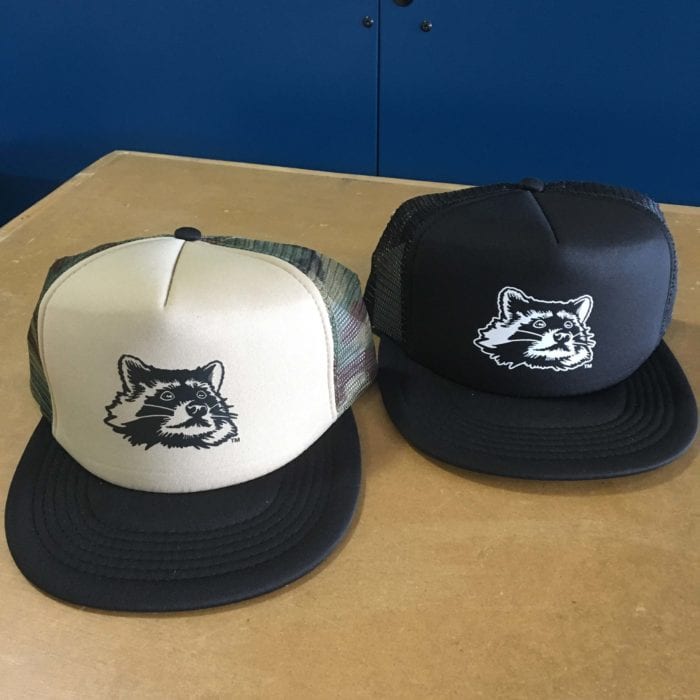
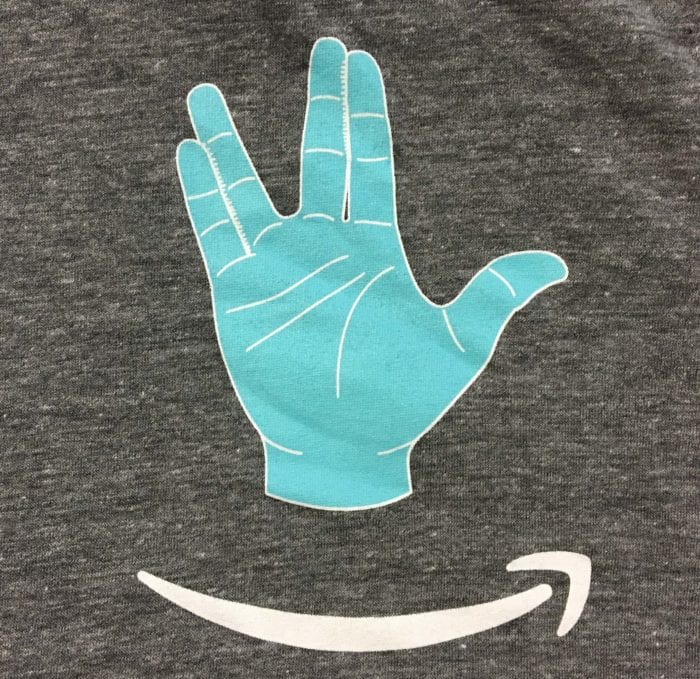
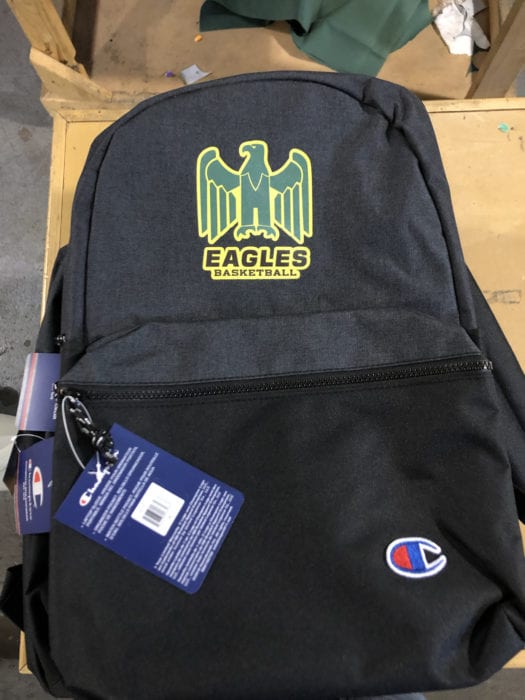
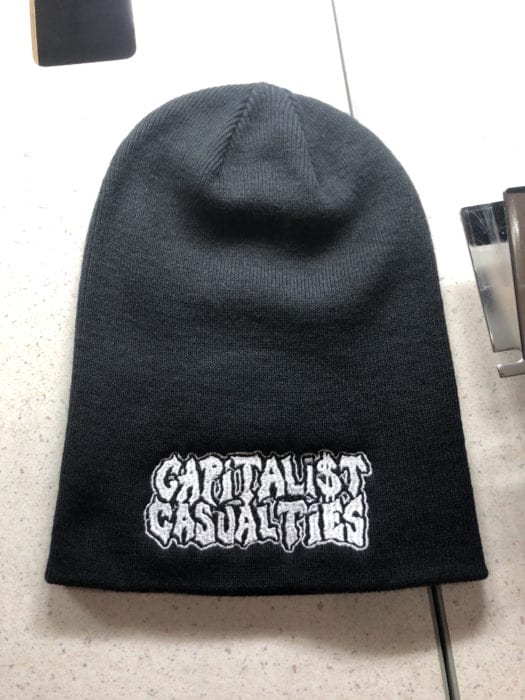
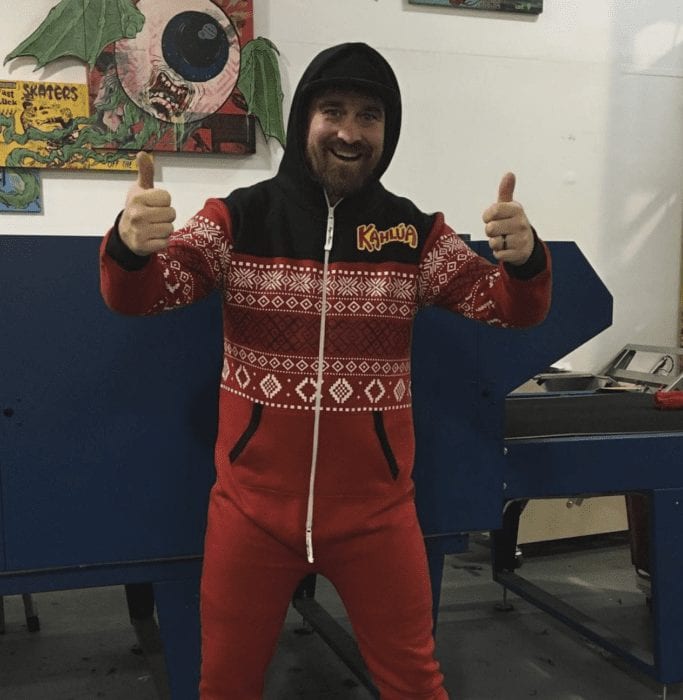

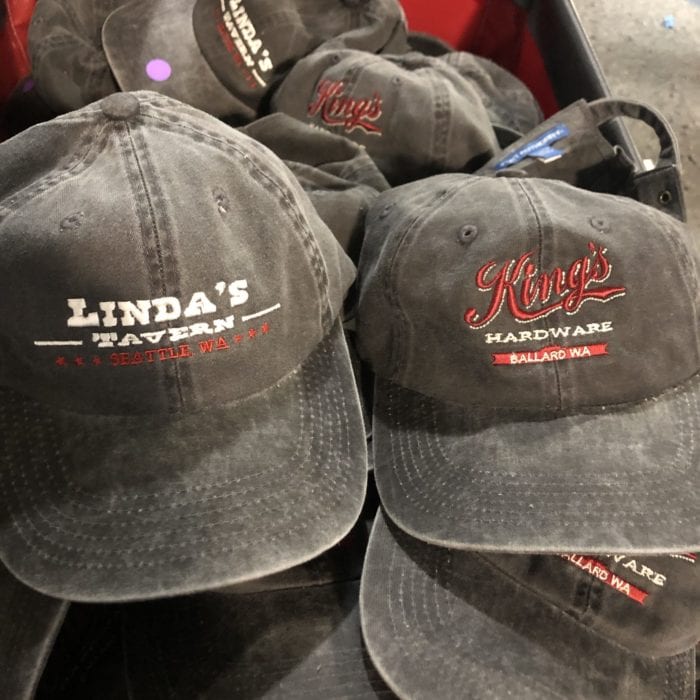
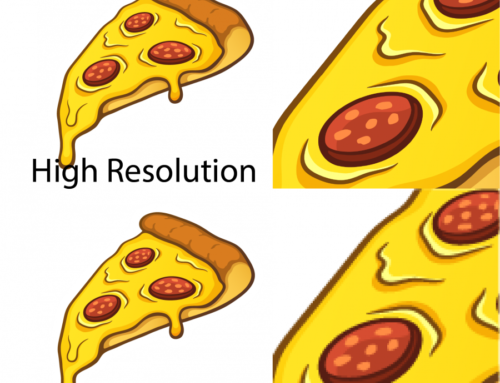
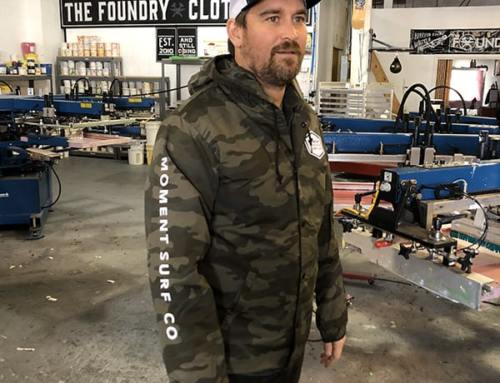
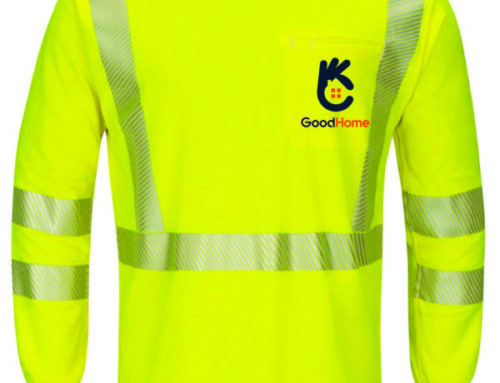
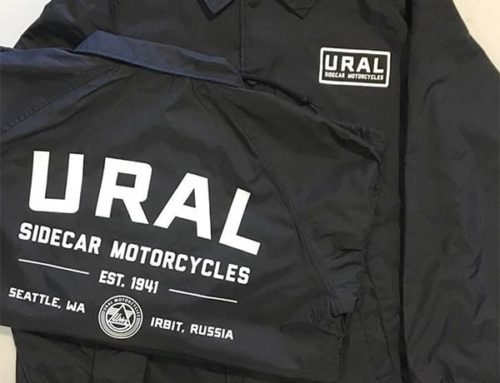
Leave A Comment